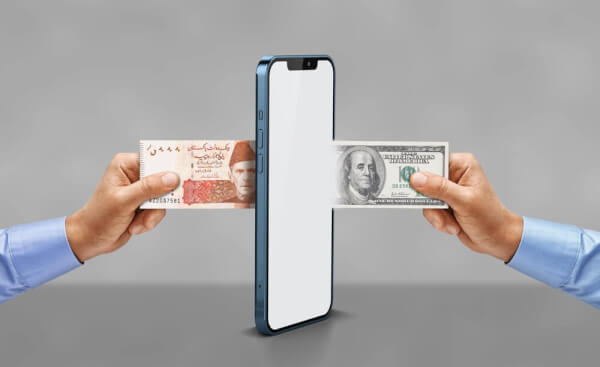Revolut money transfer (2025): Fees, limits, and is it safe in Australia
Thinking of transferring money with Revolut? Our guide breaks down their money transfer fees, exchange rates, and limits.

Need to send money overseas from New Zealand? You might hear the term "Telegraphic Transfer" (TT), which is typically just another name for an International Money Transfer (IMT), international wire transfer, or SWIFT payment made through a bank. While it's a common way to send funds abroad, it's important to understand the process, potential costs, and modern alternatives to ensure your money arrives safely and cost-effectively.
This guide will walk you through making an international payment from New Zealand and introduce options like Wise that could save you money.
Before making a transfer, be aware of the potential costs involved:
Depending on the method and provider you choose, an international telegraphic transfer can be significantly more expensive than just the initial fee suggests, due to the combined effect of the upfront fee, exchange rate markup, and potential SWIFT fees.
The exact steps vary between providers (like BNZ, ASB, ANZ, Westpac, etc.), but here’s a general guide:
Here is a comparison of top providers offering international money transfers from New Zealand:
As an alternative to navigating provider fees and marked-up rates, we invite you to consider Wise for your international transfers from New Zealand.
Making a "telegraphic transfer" or international payment from New Zealand involves understanding the potential costs beyond just the initial transfer fee. Exchange rate markups and intermediary SWIFT charges can significantly reduce the amount your recipient gets. Always compare the total cost – including the exchange rate – before sending money.
*Please see terms of use and product availability for your region or visit Wise fees and pricing for the most up to date pricing and fee information.
This publication is provided for general information purposes and does not constitute legal, tax or other professional advice from Wise Payments Limited or its subsidiaries and its affiliates, and it is not intended as a substitute for obtaining advice from a financial advisor or any other professional.
We make no representations, warranties or guarantees, whether expressed or implied, that the content in the publication is accurate, complete or up to date.

Thinking of transferring money with Revolut? Our guide breaks down their money transfer fees, exchange rates, and limits.

If you’re looking for a way to send money abroad, especially to China, you may have come across Panda Remit. A relative newcomer among money transfer...

Planning a large money transfer with St. George Bank in Australia? Discover fees, daily limits, processing times, and alternatives.

Planning a large money transfer with Bankwest Bank in Australia? Discover fees, daily limits, processing times, and alternatives.

Thinking of using Remitly? Our review covers everything you need to know about its costs, features, and how it compares to other money transfer providers.

If you wish to send very high amounts with Commbank, you may need additional assistance of transfer approvals. Let’s see how large transfers work with this bank